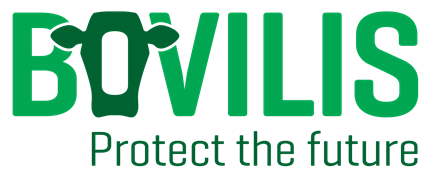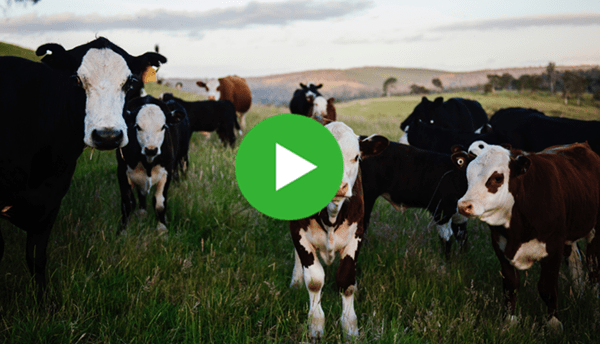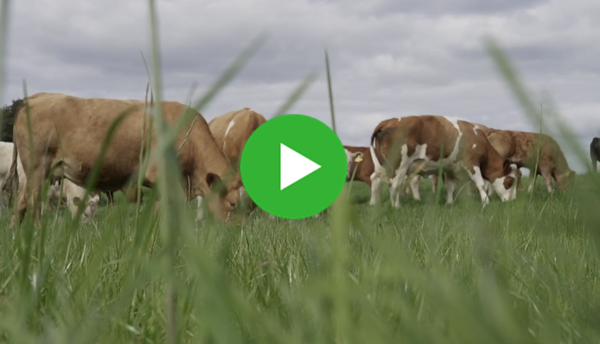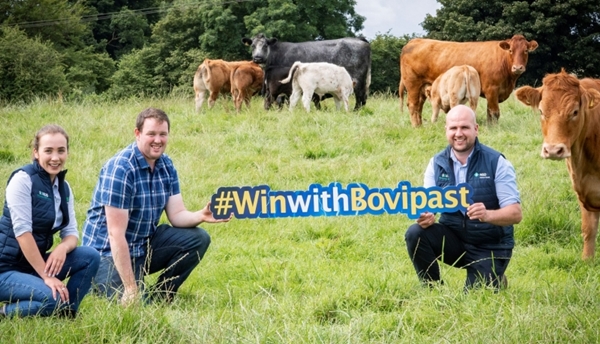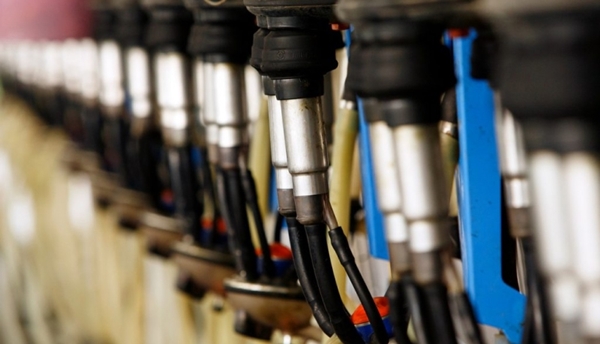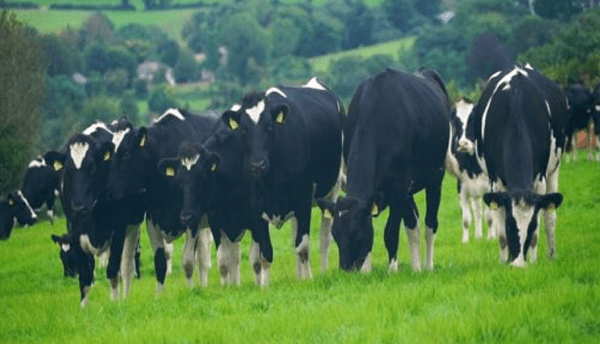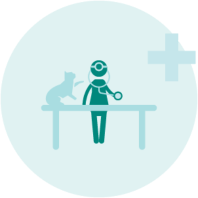

NEWS
2020 Breeding preparation is underway and so too is 2021… How?
18th April 2020
Correct management of this year’s spring-born calves will influence the age they reach puberty. Don’t let pneumonia interrupt their growth and potential milk production performance
With the recent dry, sunny weather, farms are bustling with activity. Fields are being closed up for silage, cattle are being turned out to paddocks and the deep green colour is starting to reappear in the grass after a dull, wet start to the year. For the most, dairy farms are 95-100% through calving and now the focus quickly turns to preparing the herd for the breeding season. Those too being prepared for their second breeding season, are the 2018-born replacement heifers.
Of those 2018-born replacements heifers, are any of those not reaching milk production yields you thought they would achieve at the minute? Trying to figure out why? Can you remember if any of these animals were effected by pneumonia or in contact with other calves that got pneumonia during the spring of 2018? This could be one of the reasons why they aren’t hitting their milk production potential.
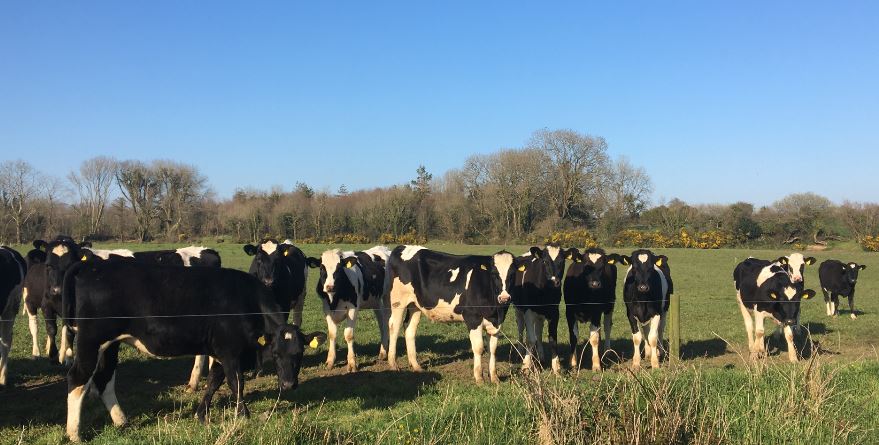
How does pneumonia in calves effect their future milk production potential?
In a study, 215 Holstein calves from three different farms were included in a trial. The trial was to determine if the effect of lung consolidation (lung damage) influenced the age of first calving, first lactation milk production and survival to the end of first lactation. Calves were accessed weekly during the first 8 weeks of their lives. An ultrasound scanner was used to score the calves lung health. The results were of great interest. The presence of lung consolidation (lung damage) at least once within the first 8 weeks of life resulted in 525kg decrease in their first lactation milk production1.

Refresher on pneumonia
Pneumonia is a multi-factorial disease meaning many factors can influence the onset of the disease. Stress or viral infection can weaken the calf’s immune system. This allows for the bacterial pneumonia agents (which naturally live in the tonsils) to quickly replicate and move to the lungs where they can cause irreversible damage. Examples of stress are, mixing of animals, change in diet (milk weaning), dehorning, change in weather etc. Could anything you plan on doing disturb or cause stress to your calves over the coming weeks?
Calves that got pneumonia are off the replacement list – is that enough?
What you do now can influence calves ability to reach their target weights at key times over the coming two years (weaning, housing, pre and post breeding and pre and post calving). On some farms, calves that got pneumonia this spring are crossed off the replacement list for 2022. However, pneumonia is often not detected in calves as it can be sub-clinical (animal won’t show physical signs). Often times, in contact animals’ immune systems will be challenged by their sick comrades. This can cause them to work at fighting off the pressure of disease instead of using the energy for growth and development. Milk weaning and mixing of calves is right around the corner and this can be a stressful time. It is important to consider how to reduce the impact that stress and also viral infection pressure will have on calves during this time
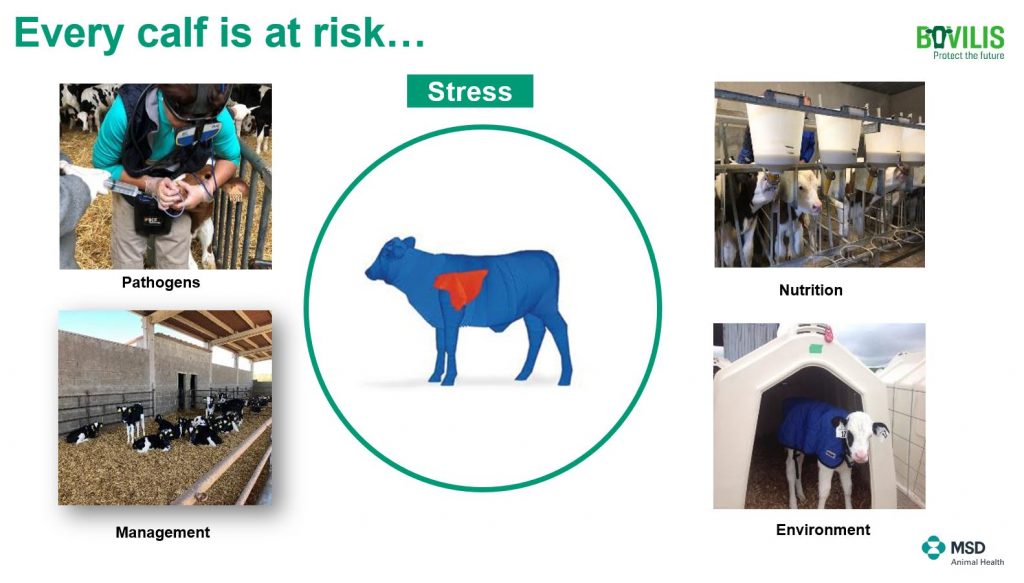
Vaccination solutions to reduce the risk of pneumonia
Vaccination is a simple, effective way to protect your calves against pneumonia causing agents. It will reduce the risk of your calves breaking down with pneumonia which can effect their growth and performance.
Bovilis INtranasal RSP Live is a new intranasal vaccine for cattle. It provides protection against two viruses, RSV and Pi3. Some key facts:
- Provides the earliest protection that’s available on the market – Given from 7 days of age
- Provides the fastest protection against RSV (5 days) & PI3 virus (7 days)
- 2 ml dose given up the nose
- Provides 3 months protection
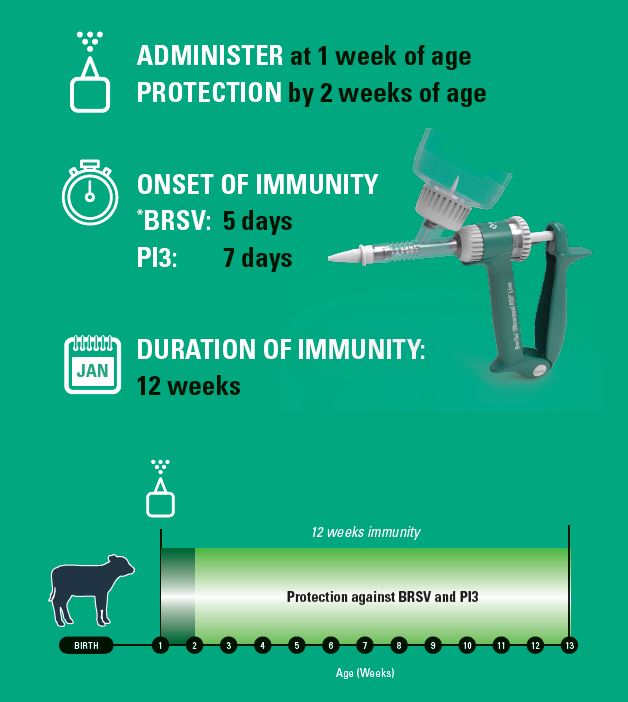
Many Irish farms naturally have Mannheimia haemolytica present. This is a bacterial agent that lives in the tonsils of cattle. Under stressful conditions it can multiply rapidly, move to the lungs and cause pneumonia. Some key facts:
- Bovipast RSP provides protection against RSV, Pi3 and Mannheimia haemolytica
- Bovipast RSP provides the broadest protection against Mannheimia haemolytica*
- Two dose primary course given from 2 weeks of age with a booster dose given 4-6 weeks later
- 5 ml dose given under the skin
- A booster dose is given 2 weeks prior to the next risk period
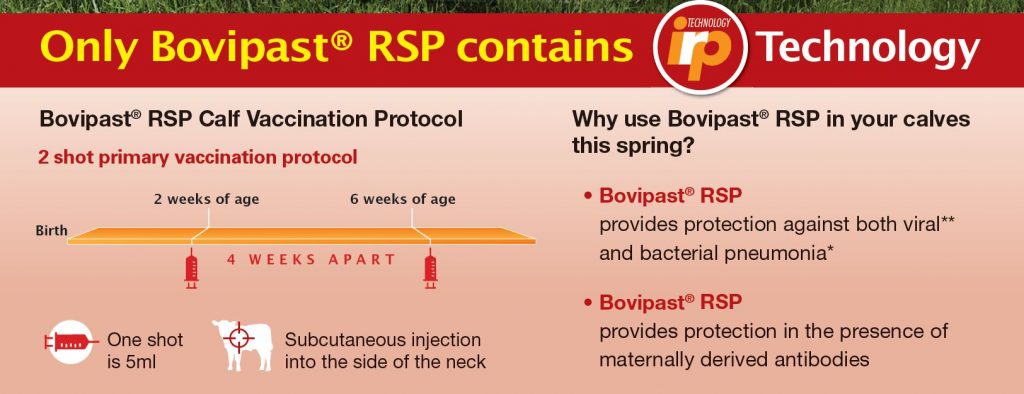
For the best advice speak to your vet. For more information check out links below:
Bovilis INtranasal RSP Live
Bovipast RSP
References
*Mannheimia (Pasteurella) haemolytica A1 and A6
1: Dunn, T.R., et all. (2018), The effect of lung consolidation, as determined by ultrasonography on first-lactation milk production in Holstein dairy calves, J. Dairy Sci., 101: 1-7, 2018.
Sign up to Bovilis® product and event information
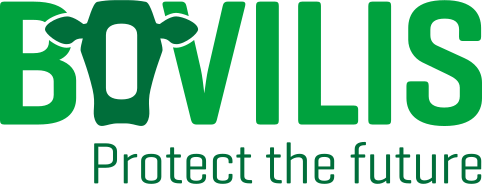
MSD Animal Health
Red Oak North, South County Business Park, Leopardstown,
Dublin 18, Ireland
vet-support.ie@msd.com
PHONE
CATTLE DISEASES
